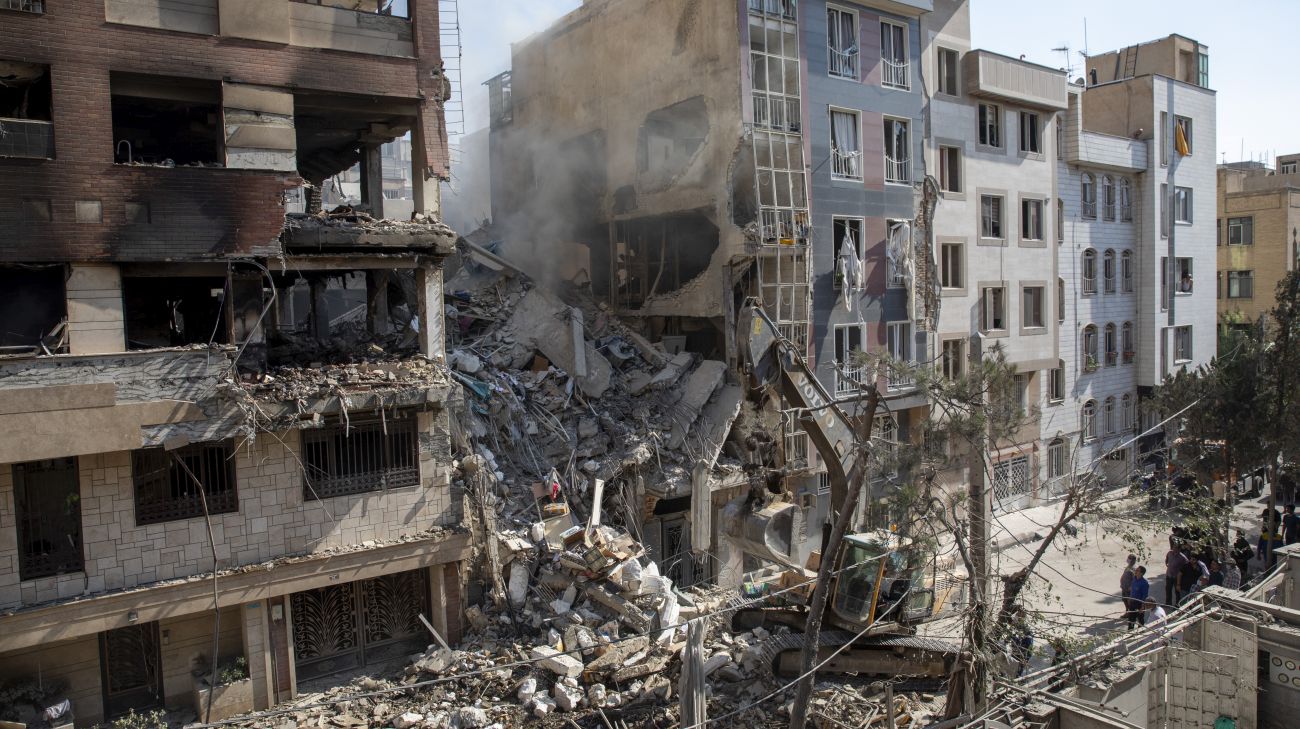« Strike » came out one hundred years ago, one of the founding works of Soviet silent cinema

Debut of the master Sergej M. ėjzenštejn, tells the evolution of a strike within a large factory
Exactly one hundred years (he came out on April 28, 1925, but it only arrived in 1951, in a completely different cultural and historical context) for « strike/Stačka »the debut of the master Sergej M. ėjzenštejn, who imposed himself as one of the founding works of Soviet silent cinema. Set in the Tsarist Russia, just before the 1905 revolution, the film tells (in six acts) the evolution of a strike within a large factory.
The workers are shown as masses Compact and disciplined, crushed by an industrial hierarchy that supervises them, until the revolt is turned on the suicide of a worker (Ivan Klyuvkin) unjustly accused of theft. From here the strike starts, which quickly transforms into a moment of class awareness, but also on an opportunity for the authorities to unleash an exemplary repression. The final sequence, among the most famous in the history of cinema, approaches the massacre of the (real) images of a slaughterhouse in which a cattle is knocked down through analog assembly, evoking the systemic violence of power against the people.
This narrative structure halfway between representation Documentary and symbolic re -elaboration of the reality (agreed by the director with the consigners Valerij Pletnëv, Ilja Kravčunosky and Grigorij Aleksandrov), despite its « teaching » simplicity, is far from naive: ėjzenštejn refused the traditional construction centered on individual protagonists and « personalized » narrative arches, entrusting the collective the function of the function of the function of the function of historical subject. The dialectic between masses and power therefore did not reflect only a Marxist principle, but also a theoretical evolution in cinematographic language where the cinema « had to » become an « direct » intervention tool.
The strike aesthetics did not aim to replicate reality, But to break it down and recompose it, between fragmented shots and multiplied points of view, in a geometric dance of the camera that broke the illusion of the likely to emphasize the artificial construction of the meaning. The historical context in which the film was born is crucial to understand its scope: in 1925, the Soviet Union was in fact consolidating the Bolshevik power after the turbulence of the 1917 revolution and the civil war; And the Communist Party promoted the creation of a new, proletarian art, capable of educating the masses and supporting the construction of socialism. Ėjzenštejn, a young director formed in the avant -garde theater, adhered with enthusiasm to the project by inventing a « scientific » cinema capable of acting on the emotions and intellect of the viewer through the visual conflict.
His theory of « assembly of attractions » The assumption that the meaning did not reside in the single shot, but in the interaction between multiple images placed in contrast; And that the spectator, destabilized, was forced to an active reworking of the content. On strike, this principle is radically applied: most of the scenes are built as a sequence of oppositions, which can be visual (such as the contrast between the dark spaces of the factory and the decadent lounges of the capitalists), themes (between repression and solidarity) or metaphorical (man/animal, machine/body), while the narrative time seesses and the space is explored with an alien dynamism of the perspective conventions Western Coevo cinema.
Acting was also part of the project: The actors were not professionals, but workers and members of the Proletkult (organism founded in order to lay the foundations for a « proletarian art for proletarians ») called to express social archetypes rather than emotions (if capitalists are portrayed with satirical spirit, the workers are often caught in choral poses that recall historical painting -or the art of propaganda). A representation that refuses introspection to focus on the collective effect in order to shake the viewer up to educate. Totalizing project goes without saying: a political-visual laboratory whose value was (also) in the demonstration of how cinema could become a critical device of « thought in action »; And the testimony of a very distant moment in which art tried not only to represent the world, but to change it.







